Tom's Guide Verdict
The only hand-held biotechnology device on the market designed to detect your carbohydrate versus fat-burning capabilities, Lumen can teach you a lot about your metabolism. But, you’ll get results from this pricey little gadget only if you’re willing to fully commit to it.
Pros
- +
Sleek design
- +
Comprehensive compatible app
- +
Video explainers
- +
Great customer support
- +
Encourages accountability
Cons
- -
Requires major commitment
- -
Must manually enter all food/exercise daily
- -
Mostly encourages low-carb eating
- -
Takes weeks to get a baseline metabolic read
- -
Pricey and necessitates an ongoing subscription
Why you can trust Tom's Guide
If you’ve ever heard someone say, “I just have a slow metabolism,” chances are they don’t actually know that for sure. And really, it may not be “slow” per se, but rather—to cop Lumen’s terminology — inflexible.
Created by twin sisters and Ironman triathletes, Merav and Michal Mor, both of whom have PhDs in Physiology (total underachievers, right?), Lumen emanated from the Mors’ desire to help people reach their nutrition, performance, and/or weight loss goals by rejiggering their metabolisms. The premise is that if you know at key moments if you’re burning mostly carbohydrates or fat (or a combo platter of both), you can determine what your body needs to function optimally—aka “personalized nutrition.”
Typically to gauge one’s metabolic rate, an individual must undergo expensive testing in a lab setting. However, Lumen says they bring you an equivalent—or at least scientifically supported—at-home option whereby you can measure your own metabolism whenever you want, all thanks to the sleek little breathalyzer you receive when you sign up for the program.
To find out more, I tried Lumen for a month to see whether the claims were correct. Read my full Lumen review below to find out more.
Looking to invest in your health? Check out our best smart scales guide, our best fitness trackers, and the best adjustable dumbbells for working out at home.
Lumen review: What exactly is Lumen measuring?
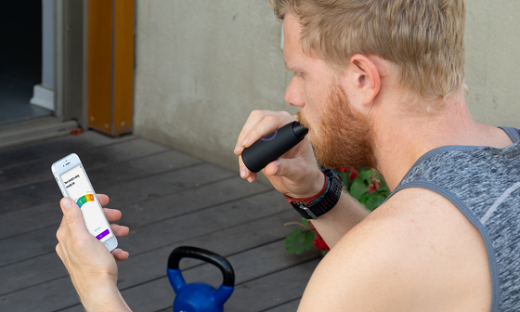
To understand what any of this means to you, we need to take a second to explain how the Lumen device harnesses the tenets of metabolic science.
Basically, Lumen measures your metabolism/metabolic rate based on the concentration of carbon dioxide (CO2) in your breath. The higher your CO2 concentration, the more you are burning carbs for fuel. This is because when your cells metabolize carbs, they produce more CO2 compared to when they metabolize fat.
Get instant access to breaking news, the hottest reviews, great deals and helpful tips.
If you went in for a professional lab test to have your metabolism measured, you would get back your Respiratory Exchange Ratio (RER), which is the amount of CO2 exhaled divided by the amount of oxygen (O2) inhaled. That number ultimately lets you know your metabolic efficiency.
With this in mind, it’s easier to understand the premise of Lumen, which is that you can now get your RER anytime you want by breathing into your Lumen, no lab test required. A high CO2 reading means you’re burning carbs, a low CO2 number indicates you’re torching fat.
But is it accurate? Lumen says its validity as a metabolism measuring device has been reaffirmed by a San Francisco State University study. However, this definitely seems to be a product that continues refinement the longer it’s on the market (it debuted in 2020).
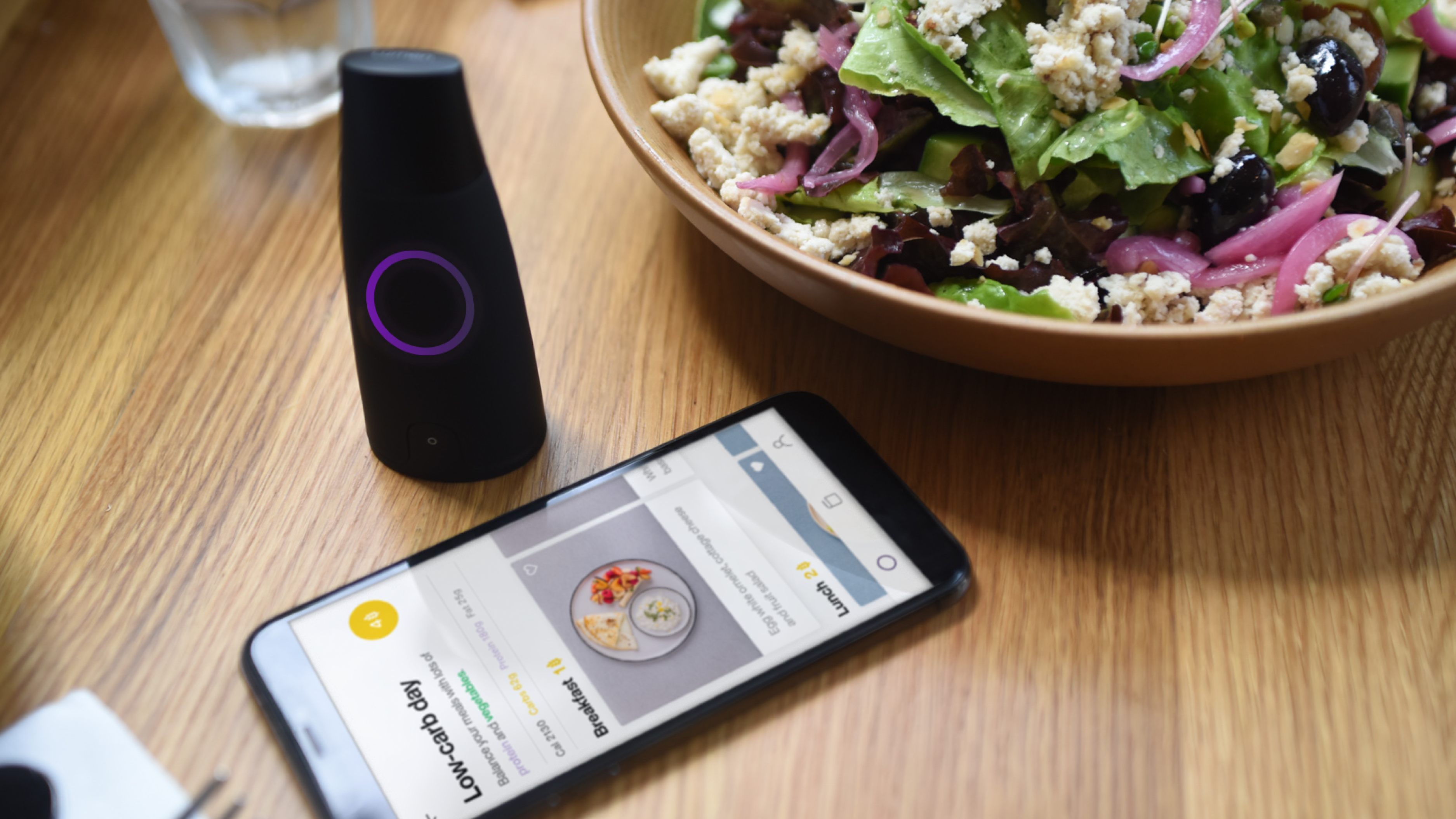
Lumen review: Why does your metabolic rate matter?
But how do you use your RER number in day-to-day life? This is where the “hacking your metabolism” part finally comes into play. The ultimate goal of Lumen users is to achieve “metabolic flexibility,” a term coined by the company that basically means your metabolism becomes more efficient at burning fat and not just carbs for energy. If you’re in the Lumen fat-burning mode more often, they claim it becomes easier to lose weight and stay lean.
Just like your muscles become fitter with regular workouts, apparently so does your metabolism if you pay attention to how your body switches between burning carbs and fats. And if you can get yourself into a state of metabolic flexibility, Lumen says you’ll end up with a whole bunch of rewards, such as:
Easier weight loss and maintenance
Better lean mass/muscle building
Deeper sleep
Improved energy
Stable blood sugar levels
Higher immunity
Enhanced physical performance
Lumen review: Price and availability
Lumen is only available as a “subscription” service through the Lumen website. You get the Lumen device for “free” along with your paid subscription. Pricing is as follows:
6 Month “Metabolism Booster” = $249
12 Month “Advanced Fat Burn” = $299
18 Month “Optimal Health” Track = $349
There is a 30-day money-back guarantee and a 1-year warranty on the device.
Lumen review: What comes in the box?
The small square starter box comes with the Lumen device, its docking station, a USB cable for charging, a travel pouch, and the Lumen App Getting Started Guide.
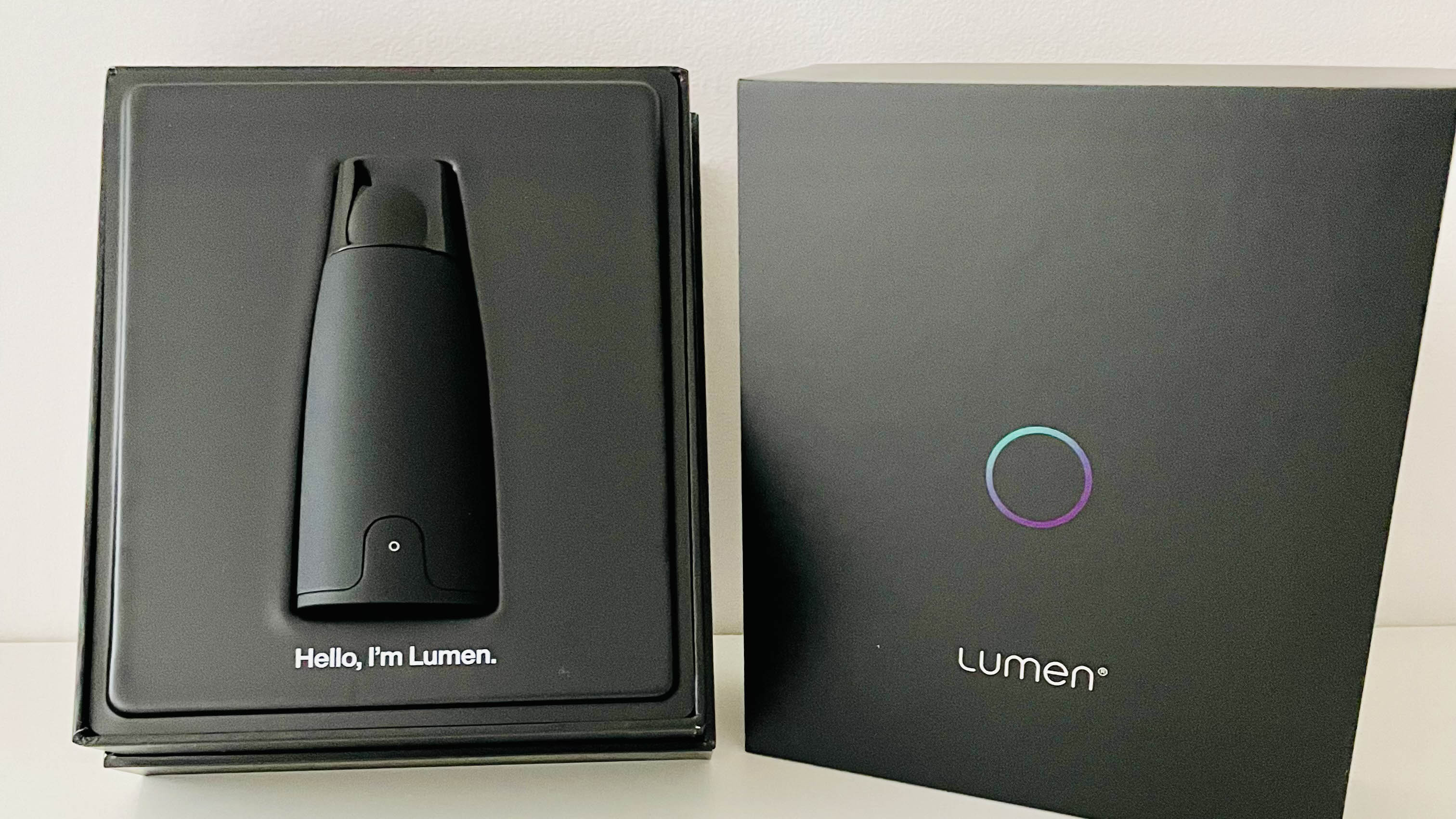
The latter part is especially important because, without the corresponding app, you’re honestly going to be kind of lost. The written “directions” included with the Lumen are pretty paltry, and this is one Lumen component that could be strengthened. It gives basic instructions for how to charge and turn it on, but it doesn’t give you any of the info I just spelled out for you in the first part of the article.
Lumen review: App
While my Lumen was charging, I turned my attention to getting the Lumen app set up. It links to your device via Bluetooth, so this is an integral step for using the Lumen.
You have to begin by creating an account and then answering a battery of lifestyle and physiology questions. This requires quite a bit of time and must all be done manually. During the setup process, you are not only asked to input things like height and current weight but also estimated hours of sleep and daily exercise habits.
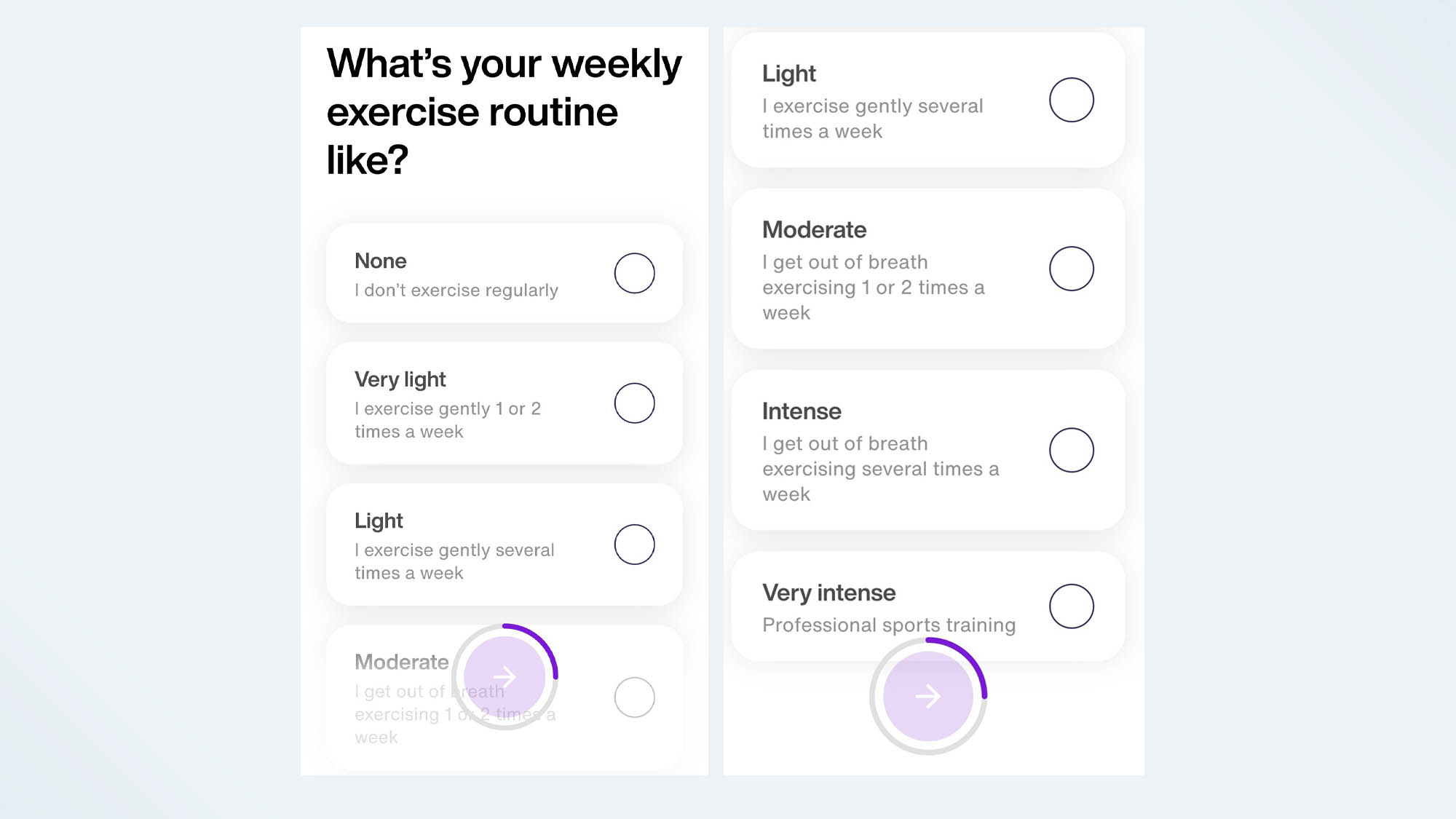
I found this frustrating because while I’m super active, my exercise routine changes daily and I don’t always know what my workout will entail ahead of time. You can go back and edit some of this later, but as I was filling it out in the beginning, I did feel a little hampered trying to structure my workout schedule.
It is possible to link Lumen to your Apple Health, Google Fit, or Garmin IQ account if you have one (which might give you even more accurate readings for activity levels and such). But since I didn’t have any of those, I was left doing everything by hand.
Once all your basic data has been collected, you have to select your track. There are three options: Metabolic Health, Fitness Performance, and Healthy Weight Loss. I decided to select “Healthy Weight Loss” to start.
The app also allows women to track their monthly cycles, which could be great information to have when examining metabolic shifts. However, with the current restrictions that have just been levied surrounding female reproductive health and privacy, if you’re a woman in the United States, unfortunately, you may wish to leave that feature toggled off.
Lumen review: The Lumen device
Once my Lumen was fully charged (as indicated by a green light while it’s cradled in the docking station), I set about pairing it with my Lumen app. Bluetooth capability is required to get these two to talk to each other, but I had no issues once I powered my Lumen on.
Weight: 75 g
Height: 10.2 cm
Materials: Soft-touch with a magnetically attached cap over metal mouthpiece
I continued to be impressed by the quality of the actual device. Though admittedly it looks like an oversized vape, it’s really solid and well constructed. As a portable and hand-held device, it is light while still encasing a pressure sensor and a CO2 sensor within its ergonomic casing.
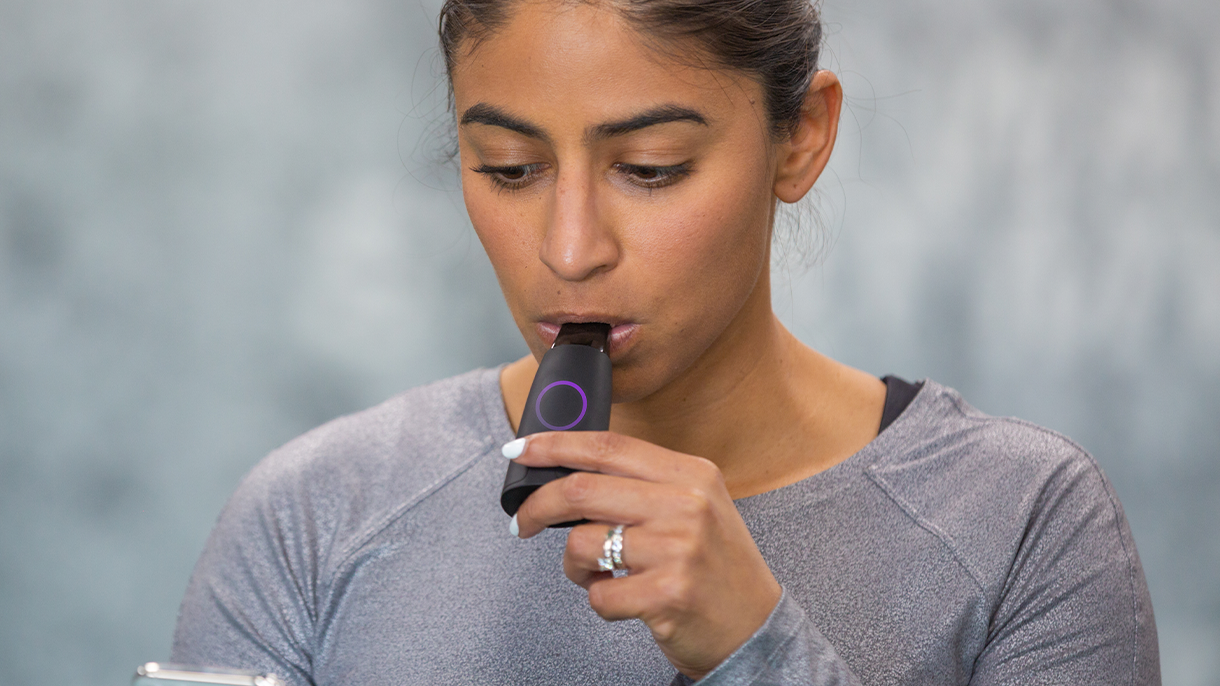
If you want to keep your Lumen clean, do NOT wash it. That’ll tank the whole device. But since you’re blowing into it sometimes several times per day, you’ll benefit by occasionally wiping down the metallic mouthpiece with an antibacterial wipe. And though you could technically “share” your Lumen by setting up separate accounts within a family, you probably don’t want to (hello, Covid and other shared cooties).
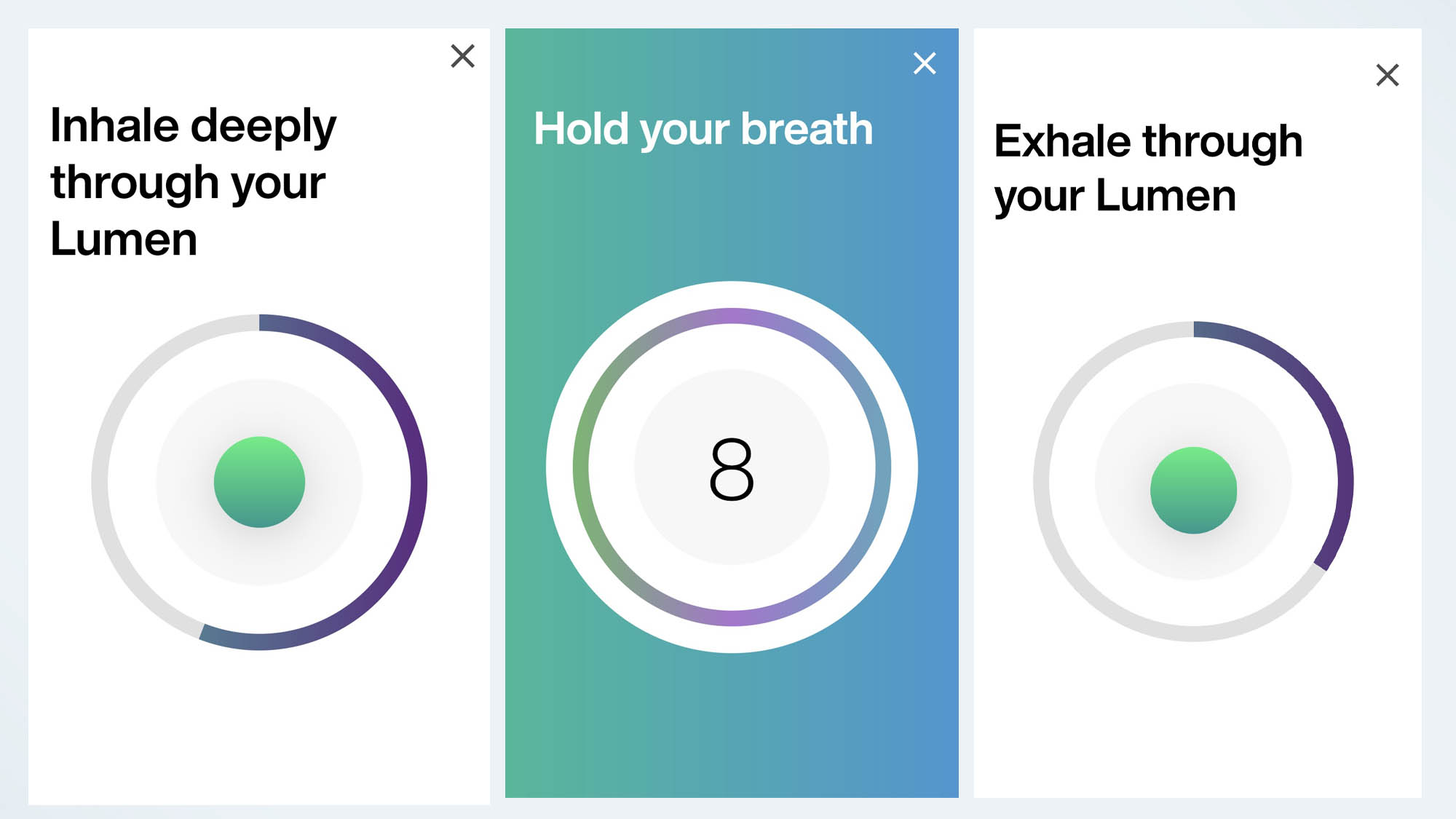
In the app there is a “breathing” tutorial — Lumen advertisements say it takes only 10 seconds to get a measurement, but you have to inhale for 10 seconds, hold your breath for 10 seconds, and then exhale for 10 seconds. That’s 30 seconds by my count. And usually you have to do that twice to get an accurate reading (waiting 15 seconds between each test).
The app has a helpful little bouncing ball you are coached to get in the center of a circle to make sure you’re not breathing too hard, too soft, or too fast. I definitely didn’t get it right the first few times I tried.
This is probably why they explicitly encourage you to be seated and relaxed before taking a measurement. Rookie tip, don’t let out too much air at once when they let you finally exhale or you’ll run out of air before time is up.
Fortunately, after some practice I got pretty good at it. Mastering this step is vital, however. Because all your subsequent measurements are based on your breathing skills.
Lumen review: Lumen scale
Your Daily Measurements
Once you start breathing into your Lumen at regular intervals, each time you take a reading you’ll be given an assigned “score” on a five-point scale. That number tells you whether you’re burning mostly fat (1, 2), mostly carbs (4, 5), or carbs and fat (3).
Once you take your morning measurement (which should happen before you eat or drink anything), predicated on your goals, the app will also give you an assignment of a low-carb, medium-carb, or high-carb day. It comes with recommendations for the maximum number of grams you should ingest of carbs, protein, and fat—your macros — for that day. It also has recipe suggestions in the app, but I’d be kind of surprised if most people are trolling the app for recipe ideas.
Theoretically, if you have good metabolic flexibility, fast overnight and have burned off all your carbs from the previous day successfully, you should be fuelling your energetic needs mostly with fat in the morning. If not, then your diet needs adjusting. Or so goes the nutritional logic of this thing.
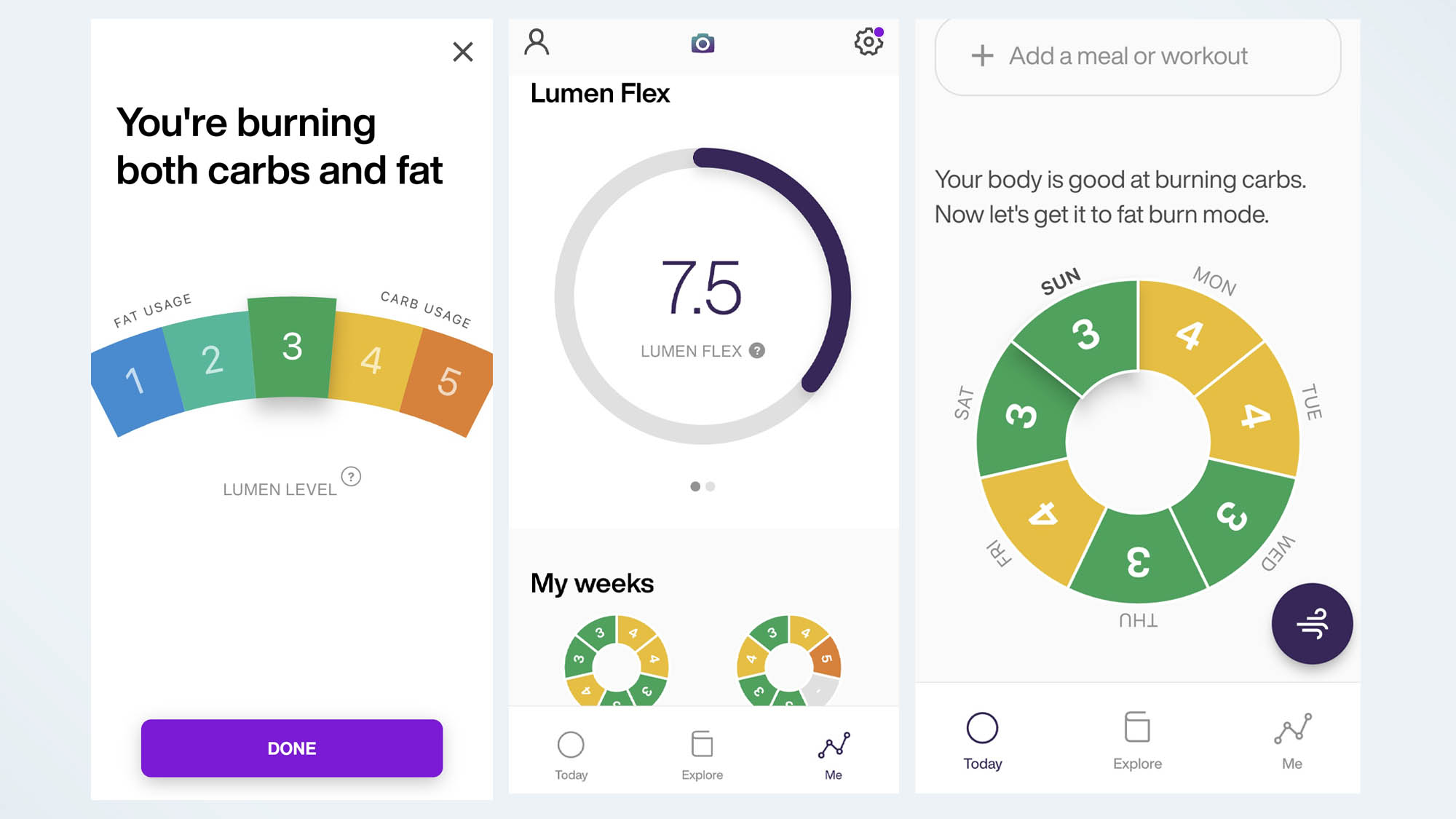
Lumen definitely encourages intermittent fasting. Though not a keto program (because they believe you sometimes do need carbs to keep your metabolism “guessing” and not storing them), it also seems to heavily lean towards a prescription for low-carb eating — at least if weight loss is your selected track.
Also, to get your most accurate readings, you’re supposed to enter every gram you eat at every meal of each macro (which you have to do manually). If counting grams of carbs isn’t something you want to partake in, you’re probably not going to see much of a shift in your results over time, especially since Lumen seems to be set up such that you get a “better” score if you’re burning more fat than carbs.
Your Flex Score
Nothing about this process is quick and patience is necessary. Lumen has to become a habit, and they say it takes 30 days to create a new one of those, right?
At the very least, it’s going to take two weeks of consistent measurements before you get your first Flex Score. By Lumen’s definition, your Flex Score is a number between 0-21 that tells you how well your body is working with what you’re putting in your mouth, and also what your metabolic flexibility is at this juncture. Here’s what the different scores mean:
0-6 (Low metabolic flexibility)
7-14 (Medium metabolic flexibility)
15-21 (High metabolic flexibility)
I used Lumen for a month — here's what happened
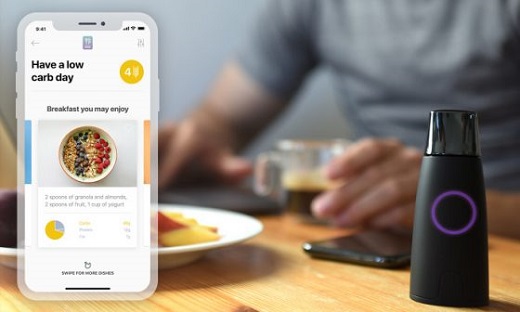
When I started this about three weeks ago, I automatically assumed my metabolic flexibility would be high. I’m lean and very athletic, eat well, and workout daily. Oh, how wrong I was.
Part of the issue—or so I thought—was that the minute I started doing my daily measurements, I had an unexpected work assignment take me out of town. So instead of my usual healthy diet and routine, I was eating haphazardly (not poorly per se, but inconsistently) and sleeping erratically (thanks stress and a crazy schedule). As a result, I didn’t feel my first week of measurements were remotely indicative of my body’s usual tempo.
In a panic, I wrote to see if I could reset my Lumen (you can message a Lumen expert any time you want in the “Support Chat” part of the app, which is admittedly a nice feature). I just wanted to start the whole thing over. Unfortunately, I was told “no.” I couldn’t reset my Lumen, but I was, however, offered a free one-on-one onboarding session with a Lumen representative if I wanted help (every new subscriber can take advantage of that).
I was told I shouldn’t worry because my Lumen would continue to learn more about me once I kept taking measurements. But I was worried. Once I was home, I still continued to get no less than a 3 on a morning reading. Ever. And most of the time on subsequent daily readings (like before and after workouts), I was still only in the carb-burning territory. And this felt incredibly frustrating.
Accountability
If you’re someone who is ready to make a change in your dietary habits and you’re willing to put in the effort, Lumen does make you more aware of what you’re eating and how it’s affecting your body.
But you really have to be dedicated to all of it, not only breathing into the device several times a day. That means keeping a detailed food log, recording every minute you work out, updating your weight, watching how many hours you sleep, etc. And it’s a lot of work.
For some people, however, unless they have that kind of accountability, they won’t ever stick to a diet. Lumen absolutely makes you pay attention to what you’re eating, how much you’re eating, and how the timing affects your metabolism.
There are also lots and lots of videos in the app to help you learn more about how to get the most out of your Lumen experience. And you’ll get emails with webinars you can attend on different nutrition topics.
Additionally, it offers a Facebook community users can join with 20,000 other “Lumeners.” You can think of it like your own Lumen support group. Individuals who want tips and a group they can chat with while working on their diet may find this additionally motivating.
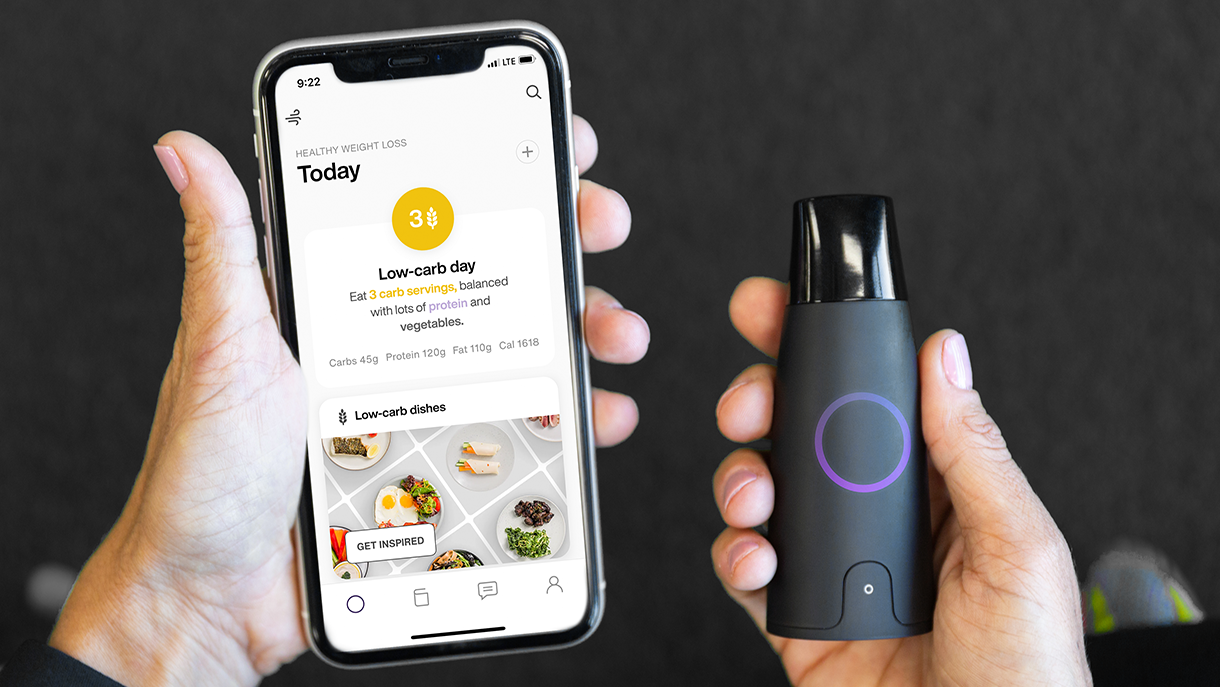
I am a very disciplined human by nature. I was eating clean, working out hard, fasting overnight, sleeping for eight hours, and still waking up with my first measurement at a 3, 4, or 5. Then I’d get a message that said “Your body is good at burning carbs. Now let’s get it to fat burn mode” and I’d want to throw the thing.
Eventually, I started to wonder if it was partly because I was never entering anything in my food log. But as someone who spent too many years counting every single calorie she ate, I felt really resistant to having to count and record every single gram of food I ingested. While that may help some people with portion control, it’s not a healthy way of eating for me personally.
However, that undoubtedly affects your ability to achieve Lumen’s definition of metabolic flexibility. Not paying attention to their macro suggestions will absolutely influence your “score” and subsequent daily recommendations. In my first three weeks with the Lumen, not once did it tell me I could have anything other than a low-carb day until I switched my track from “Healthy Weight Loss” to “Metabolic Health” and got one medium-carb day prescription.
When I got my first Flex Score after weeks of consistent morning measurements, it was barely registering “Medium” for metabolic flexibility.
None of that felt like I was “winning” with the Lumen, in spite of the encouraging messages the app kept sending me. And trust me, I’m all for a cheerleader, but if you’re not getting the results you think you should be getting, well I might be guilty of having said “Yeah, whatever Lumen,” more than once between breaths.
Lumen review: Verdict
This is a fancy little device, but know that it’s not going to automatically fix your metabolism for you just because you’re breathing into it on the regular. The Lumen is one “piece” of an overall program.
Does it work? If we’re talking about the actual Lumen itself, yes. Absolutely. This machine is the first portable metabolism measurement device on the market, and it seems to have a reasonable degree of accuracy. But if you want to lose weight and not just to see how your body is burning what you eat, then you’ve got to commit to the whole program. That includes taking breath tests several times a day, but also manually entering all the data it requires and following your personalized dietary prescription to the gram.
In other words, don’t expect your Lumen to give you results just because you’re good about breathing into it any more than you’d expect your scale to suddenly drop in pounds just because you get on it regularly. It’s a measurement tool, not a magic wand. Your success with Lumen is completely reliant on what you do with it and how dedicated you are to all the components.
If you’re someone who needs accountability, motivation, feedback, and a lot of group support, then this is definitely a novel new way of learning about your body and how what you eat affects it. But don’t expect the process to be uncomplicated. If you decide to make the significant investment, plan for a less quick fix and more Lumen long-haul.

Kimberly Dawn Neumann is a multi-published writer whose work has appeared in such outlets as Forbes, Cosmopolitan, Fitness, Women’s Health, Prevention, Redbook, Real Simple and more. A Summa cum Laude graduate of the University of Maryland’s College of Journalism, she is also a life coach and fitness professional with certifications from the Coach Training Alliance, the American Council on Exercise, and Yoga Alliance. This NYC-based overachiever has also published two books and performed on Broadway. She meditates twice daily to keep everything in balance.

